As you get into photography more and more, one thing becomes extremely obvious: this is not a cheap pastime. For that reason alone, a lot of folks end up checking out Udi Tirosh's DIY Photography website (if you follow Light Stalking on Twitter, you have probably seen us link to Udi's stuff plenty of times over the last few years – we're huge fans). Udi is one of the web's foremost authorities on building lighting setups from scratch without the need to give your tax accountant an aneurysm.
It was really only a matter of time before he started to compile some of his expertise into a book or guide and the result is “Home Studio Photography: Your Complete Guide to Building a Photography Studio at Home.”
Udi was kind enough to send us a copy for review a few weeks back, and as long time fans, we were only too happy to check it out.
So What's It All About?
As the title suggests, this is a guide about building photography studio equipment yourself.
The book has 23 different “projects” that take the most common and important photography studio gear and show you how to make each one from much cheaper materials that you probably already have easy access to.
The projects include:
* The Easiest Softbox In The World
* DIY Strip Light
* The Best Softbox Ever
* Continuous Light Softbox
* Turkey Pan Beauty Dish
* Foamboard Reflector
* V Cards
* PVC Diffusion Screen
* The ‘Oh So Famous’ Cereal Snoot
* Coroplast Gridspot
* Black Straws Grid
* PVC Light Stand
* Pony Clamp Stand
* Stick In A Can
* Light Tent
* Underlight With A Cardboard Box
As with any DIY project, the quality of the build is largely dependent on how much care and effort you put into the construction. The instructions to get you to that point are like any recipe – they lay out the required materials and a logical fashion in which to put them together with accompanying photographic depictions of each step. Simple enough and well written.
What Do You Need to Get Started?
The projects in this guide are primarily about altering lighting conditions which can be done nicely with a huge variety of common items.
There is a short list of the most commonly used materials for the projects in this guide. Tape, glue and scissors feature very prominently and a few of the projects require heavier tools like a hammer and drill. Other materials for the equipment include gaffa tape, aluminium foil (light reflector), ripstop nylon (light diffuser) and a small selection of other materials that can be easily found at a supermarket, hardware store or art shop. There are also several potential alternatives to each of the actual light modifying materials that are listed.
Most are readily and easily available. Again, it's quite easy.
Who is This Guide Really For?
If you're starting to get serious with your photography, but are still operating on a budget, this guide offers a happy intermediate step between going without equipment and getting the top of the line gear. It enables you to build a working interim piece of equipment that allows you to find out how (and how often) you would use it on a day to day basis. That puts you in a far better position from which to make a decision about more expensive and permanent gear options.
Alternatively, if you're somebody who loves experimenting with different lighting setups without any real intent to use them more often, this guide will be a godsend for your back pocket. Again, it also allows you to do the experimentation before deciding which pieces of more expensive gear will suit you too.
And finally, it might help folks at the top end of the spectrum who are already masters of lighting to the point where you are putting together their own light modifiers to suit their particular tastes and needs. The guide offers handy plans that can easily be modified for your tastes (in fact, the author recommends it!).
What are the Draw Backs?
The real issues here will be obvious to most. The quality of a DIY built piece of gear is only as good as the person putting it together. If you take time and ensure precision, you can have some very workable and solid pieces of photography equipment. But it is difficult to imagine that a photographer who is doing product shots every day is going to get more than a few week's use out of a softbox made of a cardboard box (for example). On the other hand, if you only use a softbox occasionally, then a cardboard box DIY one will probably do just fine (I have had a DIY softbox very similar to the one in this guide for well over 18 months and it still works just fine). Horses for courses.
The other thing to consider is simply how good you are at putting things together. If Ikea sends you into fits, then this may not be a great option for you. While the majority of people will probably have no problem with the construction of projects in this guide, a few will.
What are Others Saying?
This book is on the famous Strobist's list of must have photography books. That is huge props for this guide that comes from one of the best known photographers around who has built his reputation on knowing about lighting. As such it is very hard to ignore.
The folks over at Digital Photography School also gave the guide a thumbs up in their short review.
And finally, the community at Flickr built around this book are basically obsessed, with over 10,000 members, hundreds of discussion threads about DIY projects and over 16,000 uploaded photographs! Certainly a lot of happy folks over there ready to answer questions and offer solutions to your DIY woes.
Light Stalking Special
As with any product we feature on Light Stalking, we put the hard word on Udi to do something special for Light Stalking readers. Kindly, he agreed to offer a 25% discount for folks from this site! It is only for a week so make sure you get in now to secure your discount before the guide goes back to its normal price. Just use the code LSDIYP25 to get your discount.
You can check it out here.
Udi also kindly offered to share the proceeds of this with Light Stalking so we can continue to bring you great free photography content and articles.

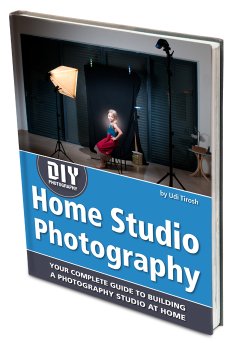
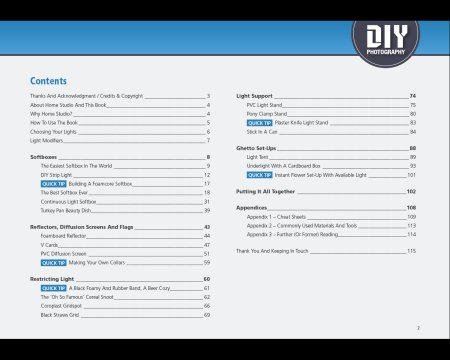



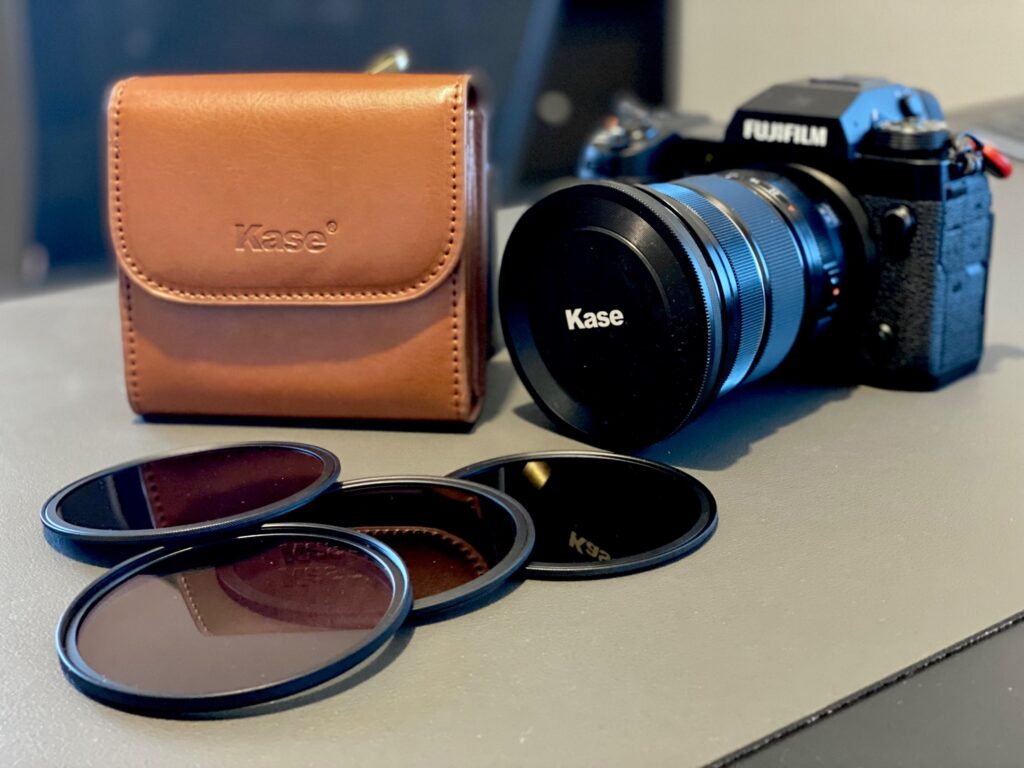
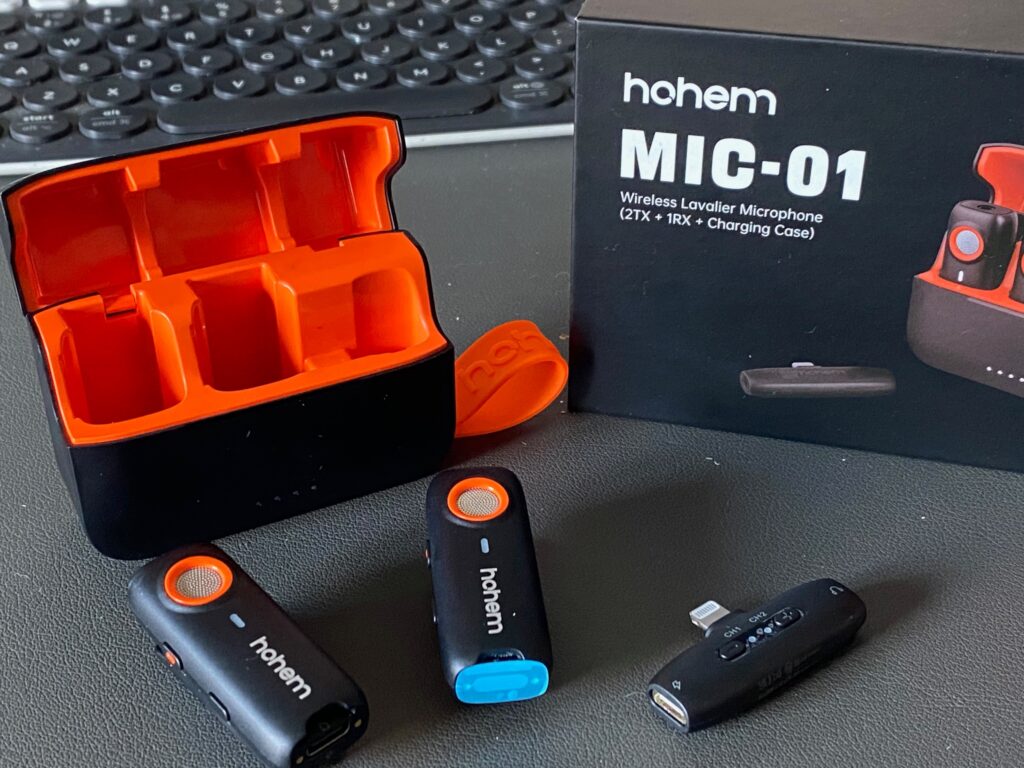
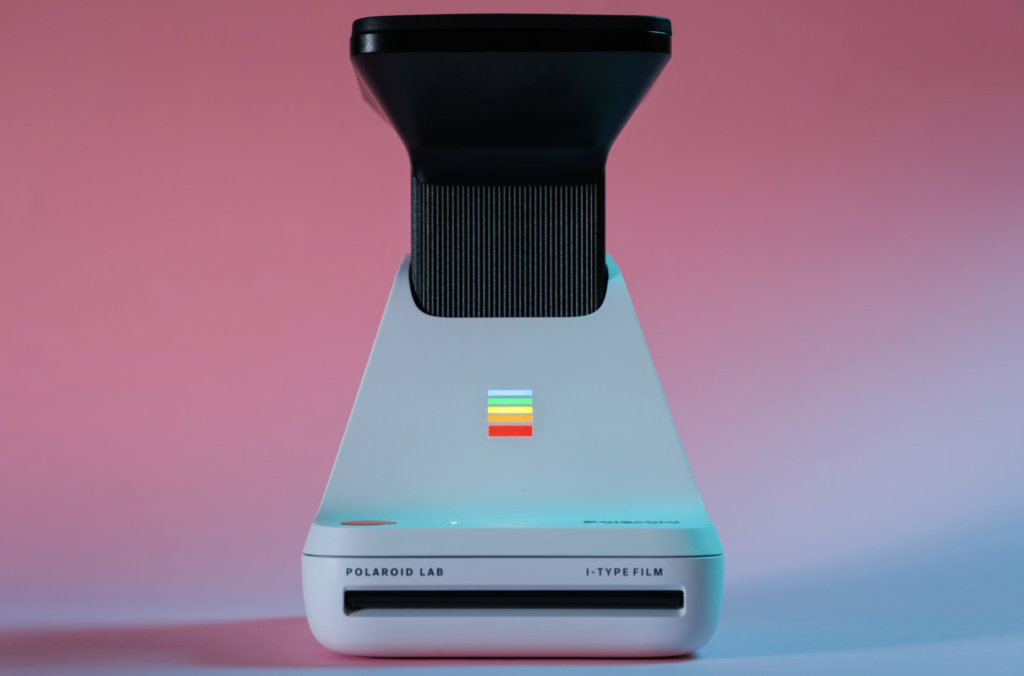
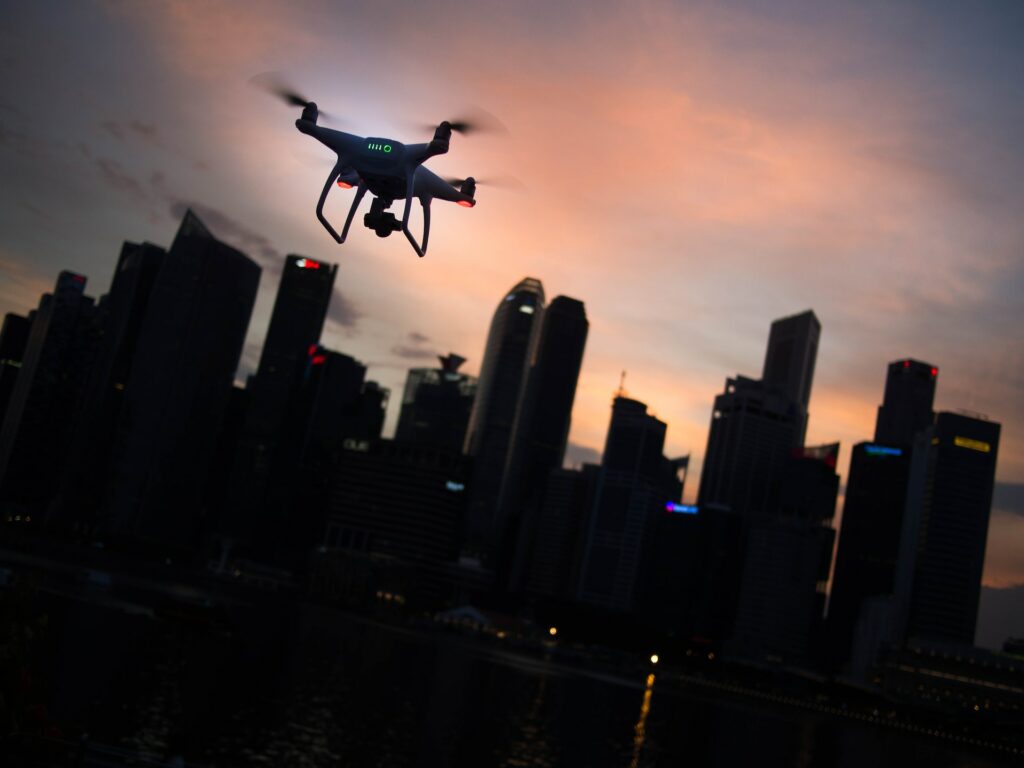
2 Comments
Hi
This sounds like a great investment with tons of good tips. I have a basic home studio with two Alien Bee Lights, backdrops, reflectors, softboxes etc. It is easy to setup and transport
Here is an example
Red or Black II: https://t.co/8KrlvK5
This code has expired.